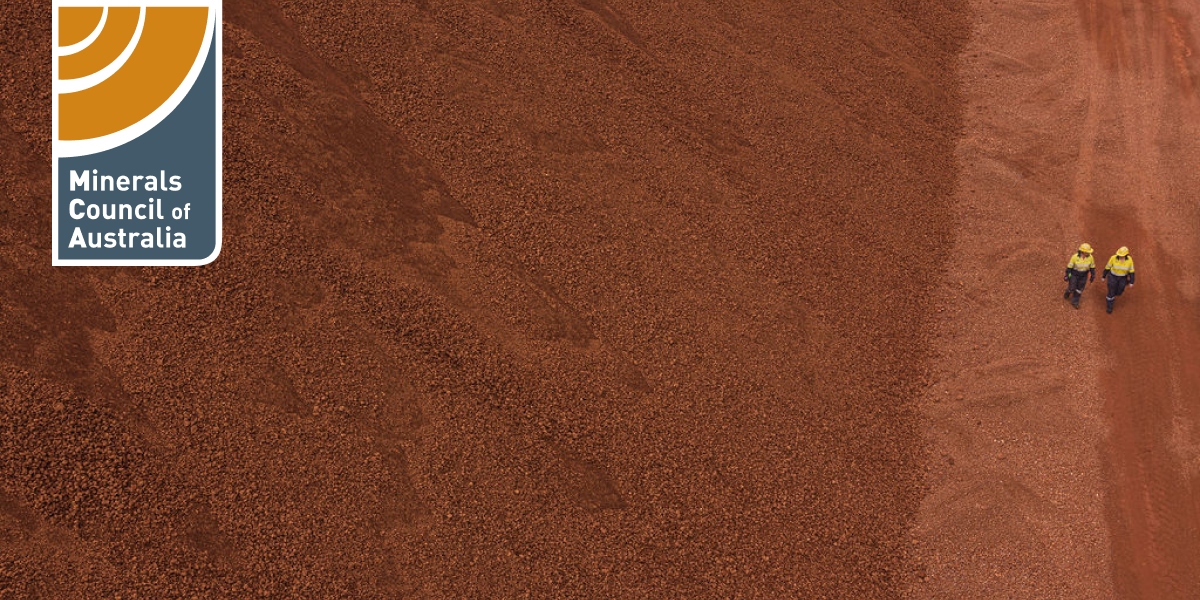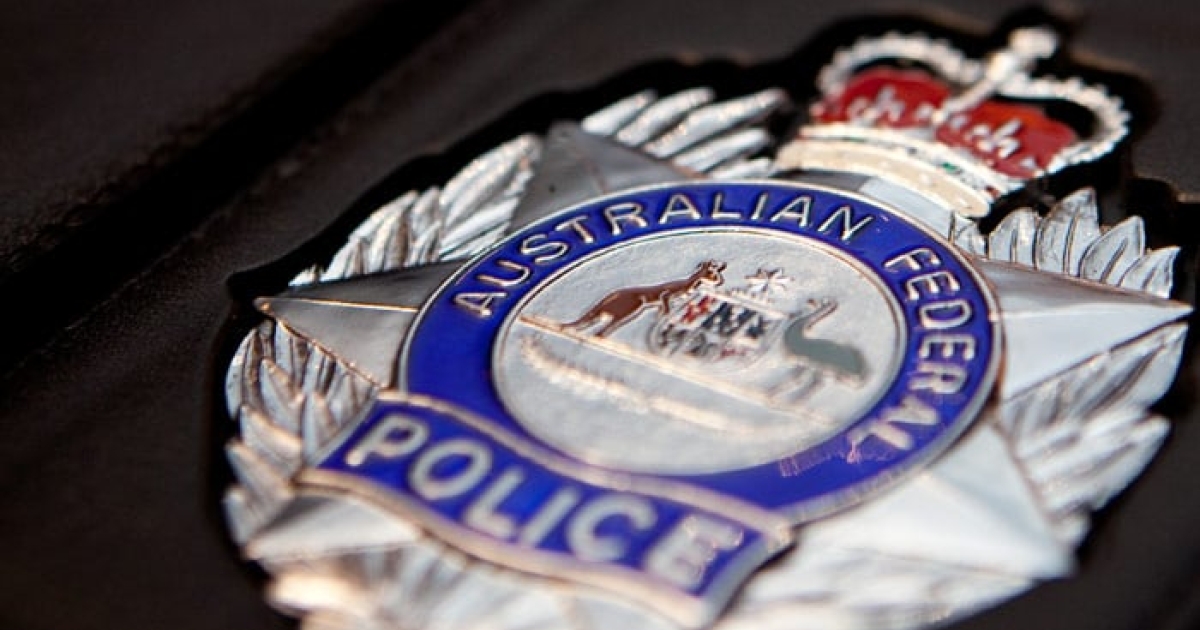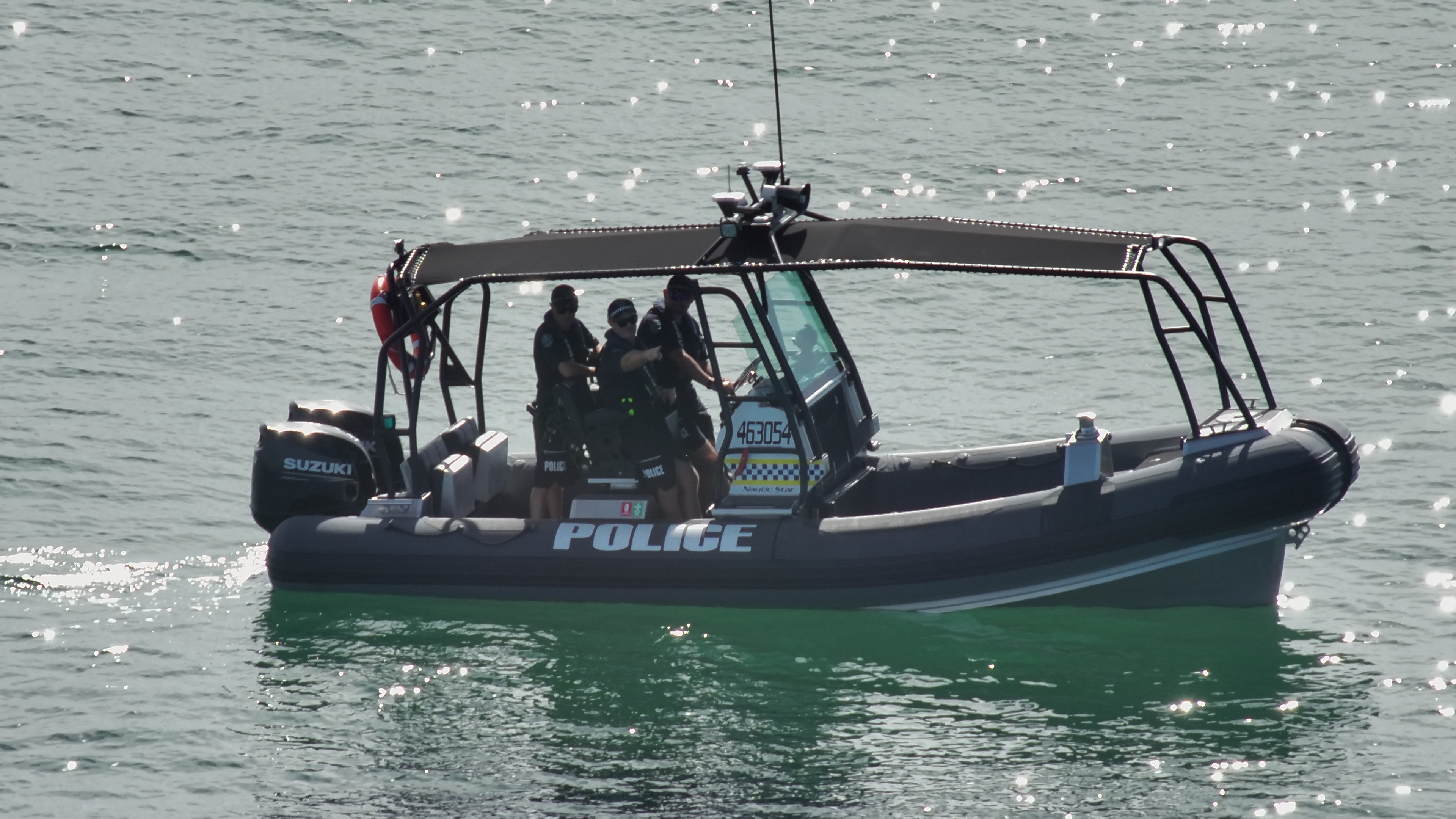
The scientific art of freshwater ecoacoustics has been recognised with two illustrious grants that will help propel the unique, interdisciplinary field.
Griffith University researchers Dr Leah Barclay, from the Queensland Conservatorium Research Centre (QCRC), and Dr Simon Linke, from Australian Rivers Insititute (ARI), received an Australian Council Grant (ACG) to produce sound maps across Australia.
Dr Linke was also named a National Geographic Explorer, which will allow him to characterise the acoustic fingerprints of 12 fish species in North Queensland.

The Australia Council grant will fund the researchers’ interdisciplinary project ‘River Listening from Source to Sea: Towards a Live Sound Map of Australian Freshwater Ecosystems’, which will result in a portfolio of outcomes including an interactive website and mobile application designed to understand the biological and cultural diversity of river systems in Australia through sound.
This builds on the success of River Listening, a long-term collaboration between the QCRC and ARI that has resulted in high-impact publications, grants and major creative works that have toured internationally.
This project will work directly with remote and regional communities along the Fitzroy River (WA), the Mary River (QLD) and the Murray River (VIC / SA). The team will record and map each location and engage with diverse knowledge systems through interdisciplinary workshops exploring the soundscapes of the river from source to sea through hydrophone recordings and local soundscapes.
In a world-first, the catchment-to-coast design of this project will investigate gradual changes in river soundscapes through mapping expeditions led by indigenous custodians and facilitated by artists and scientists who have pioneered the use of sound as a non-invasive tool for monitoring river health.
“Griffith University has rapidly become a leader in the field of freshwater ecoacoustics with researchers at the Australian Rivers Institute and Queensland Conservatorium Research Centre developing new ways to understand river health through sound,” Dr Barclay said.
Dr Linke’s National Geographic Explorer grant will enable his project ‘Characterising fish song in northern Australian rivers to support ecosystem monitoring’ to further acoustic monitoring in river systems in North Queensland.

Despite the fact that fish vocalisations have been common knowledge since the time of Aristotle, no comprehensive efforts to catalogue freshwater fish sounds have been undertaken. In major sound archives, few freshwater fish are among the >200 000 publicly accessible recordings.
Dr Linke and his team from JCU, Monash and France, as well the Ewamian Aboriginal Corporation, plan to catalogue calls from all the known soniferous species in the study area – 7 grunters and 5 catfish taxa.
A complete archive for a region would be a world first – it would lay the foundation for multiple follow-up projects, including evolutionary exploration of fish vocalisations and large scale underwater acoustic monitoring of fish populations.
“While we have worked on technical and analysis issues, we often do not know exactly which species makes the sound,” Dr Linke said.
“Fish – like birds – have an acoustic fingerprint that is species specific. We just received National Geographic funding to characterise this acoustic fingerprint for 12 fish species in North Queensland.”








